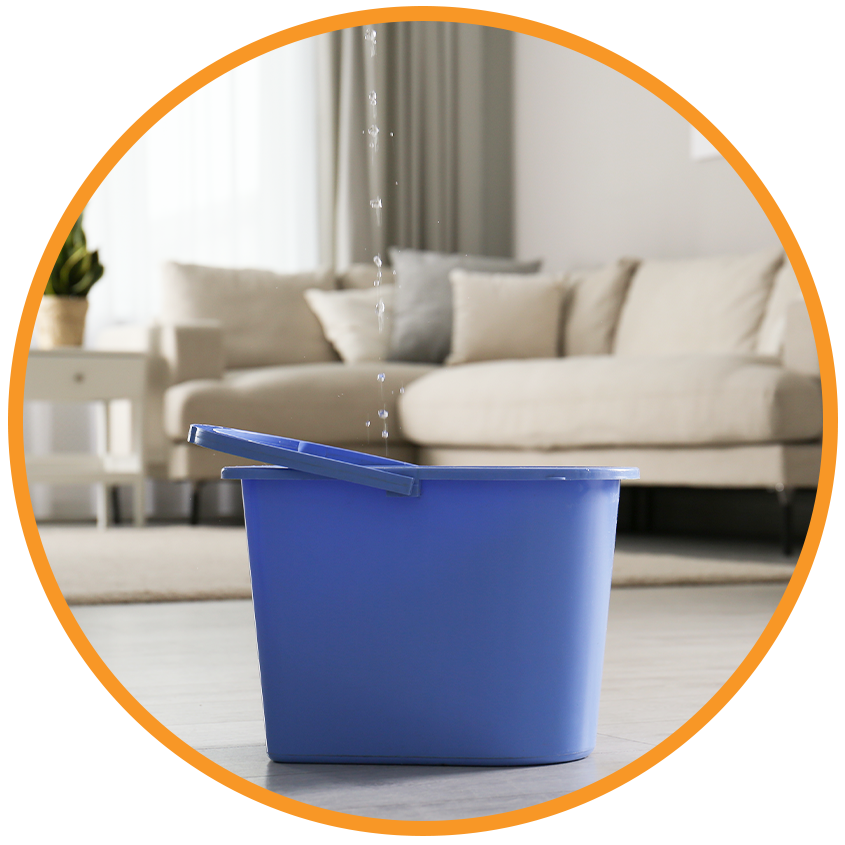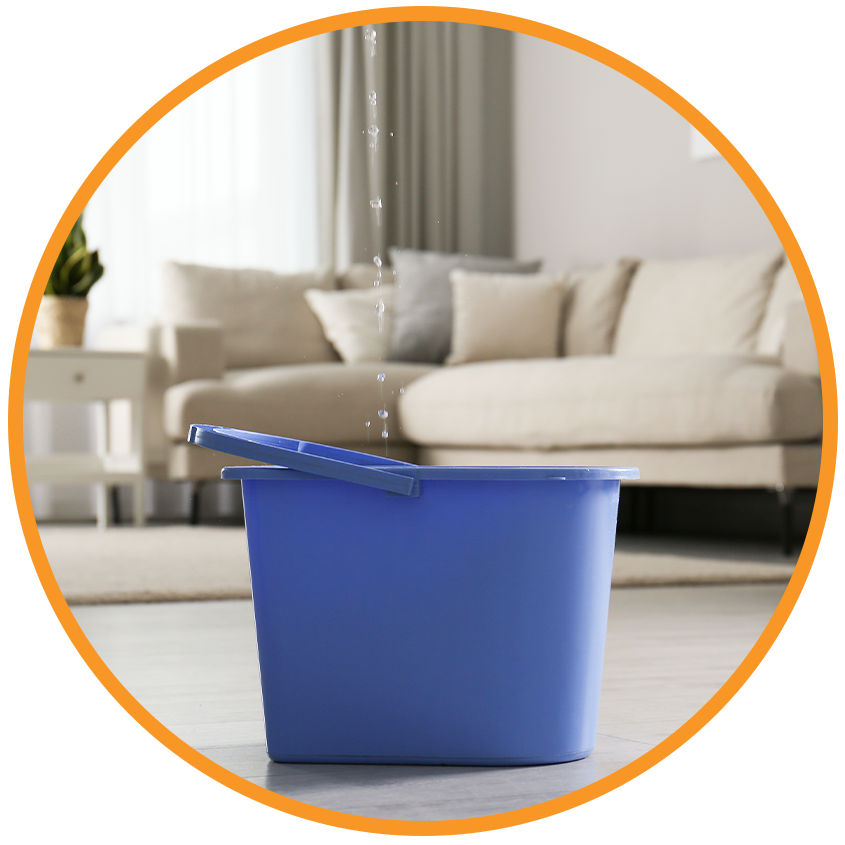An Athletic Brazilian Butt Lift (BBL) is a variation of the traditional BBL procedure that focuses on enhancing the shape and size of the buttocks while maintaining a more toned and athletic appearance. While a standard BBL aims to provide fuller and rounder buttocks, the athletic version takes a more sculpted approach, emphasizing the contours and muscle definition of the glutes. This procedure has become increasingly popular among individuals who want to achieve a well-balanced, toned physique, particularly those who engage in regular fitness and strength training.
The athletic BBL uses fat transfer to augment the buttocks. Liposuction is performed on areas such as the abdomen, flanks, thighs, or back to harvest fat. This fat is then purified and re-injected into the gluteal area to enhance its volume and shape. The goal is to create a natural, enhanced appearance that complements the body’s existing musculature, offering a more toned and athletic look rather than just volume.
The Athletic BBL Procedure
Like the traditional BBL, the athletic BBL procedure begins with liposuction. The surgeon first removes unwanted fat from areas that may have stubborn fat deposits. Common areas targeted for liposuction include:
Abdomen: Removing fat from the stomach area to enhance the waistline.
Flanks: Slimming the sides to create an hourglass shape.
Thighs: Reducing excess fat in the thighs, which also helps in improving the overall proportion.
Back: Removing excess fat from the back to help achieve a more balanced silhouette.
Once the fat is harvested, it is purified and processed before being carefully re-injected into the glutes. The surgeon strategically places the fat to enhance the natural muscle structure of the buttocks, focusing on creating a lifted, defined, and athletic appearance. The procedure is typically done under general anesthesia, and depending on the individual’s case, it can take several hours to complete.
Differences Between Traditional BBL and Athletic BBL
While both procedures involve liposuction and fat transfer to enhance the buttocks, the primary difference lies in the goal of the procedure and the way the fat is distributed in the glutes. The standard BBL body focuses on giving the buttocks a fuller, rounder shape, which can sometimes appear more dramatic.
On the other hand, the athletic BBL aims to enhance the natural contours of the glutes without creating an overly augmented look. This is achieved by using a smaller amount of fat, with a focus on strategic placement in areas that emphasize the muscle structure and shape, rather than solely increasing volume. The result is a lifted, well-defined appearance that is often preferred by individuals who desire a more toned and sculpted look, typical of an athletic physique.
Benefits of an Athletic BBL
Toned and Sculpted Appearance: The athletic BBL is ideal for those who want their buttocks to complement their active lifestyle and toned physique. It enhances the glutes while maintaining a fit, muscular look.
Natural Contouring: By focusing on the natural muscle structure of the glutes, the athletic BBL offers a more natural and defined look compared to a traditional BBL, which can sometimes appear overly enhanced.
Fat Removal: Liposuction performed during the procedure helps remove unwanted fat from other areas of the body, improving overall body contours and contributing to an hourglass figure.
Customized Results: The procedure can be tailored to each individual’s body shape and fitness goals, allowing for a personalized result that aligns with the patient’s desired outcome.
Is the Athletic BBL Safe?
Like any surgery, the athletic BBL carries risks, and it’s important to choose a qualified, experienced plastic surgeon to minimize these risks. Fat transfer surgeries like BBLs have been associated with certain complications, such as fat embolism, which can occur if fat is accidentally injected into the bloodstream. Therefore, it is essential to ensure that the surgeon has specific expertise in performing this procedure and follows the highest safety standards.
Post-surgical care is also critical to achieving the best results and minimizing risks. Patients are typically advised to avoid sitting directly on their buttocks for a few weeks to allow the transferred fat to settle and heal properly. Compression garments are often recommended to reduce swelling and support the body as it heals.
Recovery and Results
The recovery process after an athletic BBL is similar to that of a traditional BBL, but since less fat is typically transferred, patients may experience less swelling and bruising. The initial healing phase usually lasts a few weeks, during which patients should avoid sitting directly on the buttocks. Full recovery may take several months, but many patients begin to see noticeable results within a few weeks, with final results becoming more apparent after six months.
The results of an athletic BBL can be long-lasting, as long as patients maintain a healthy lifestyle, including regular exercise and a balanced diet. It’s important to note that weight fluctuations can affect the results of the procedure, as fat may be reabsorbed or lost over time.
Conclusion
An athletic BBL is a great option for individuals looking to enhance their glutes while maintaining a toned, sculpted, and fit appearance. By focusing on the natural contours of the body and using fat transfer techniques, the athletic BBL provides a more athletic, defined look compared to traditional BBLs. As with any cosmetic surgery, it’s important to consult with a skilled and experienced surgeon, such as those from Chicago Breast and Body, to discuss your goals and ensure a safe, successful procedure.

